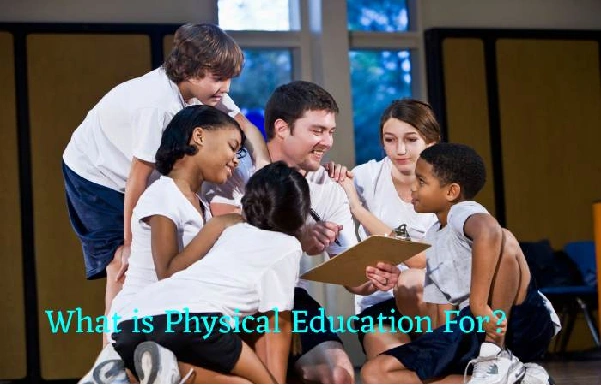Table of Contents
Introduction
Physical education refers to a pedagogical discipline that encompasses the human body from various physical perspectives, aspiring to a comprehensive education regarding the human body that contributes to care and health, sports training, and against a sedentary lifestyle.
The current trend in physical education is to take advantage of the adaptability and versatility of the body, teaching young people to face different situations or demands physically and thus increase their bodily capabilities. In addition, this is complemented with emotional training towards healthy competitiveness, teamwork, camaraderie, valuing difference, and respect for human civil rights , all of which are equally important.
The practice of sports, athletic and regular exercises, exercise circuits, group dynamics, and cooperative activities are common in physical education subjects.
History
Human beings practiced in the Ancient Ages, forming an essential part of their conception of culture and coming to conceive great competitions such as the marathons of Ancient Greece or the Roman fight.
In personal times, the point of this was to train people ready for war should it be necessary, often trying to combine. It with philosophical instruction that would achieve a combination between a wise man and a man of action.
Modern was born as such at the beginning of the 19th century, in the academies of Switzerland and Germany. With various sports largely inherited from the biological disciplines that the ancient aristocracy. Usually linked to military trades, practiced throughout their lives. Such as fencing and horse riding.
What is Physical Education for?

Physical education is parallel to education: the development of the integral individual, capable of managing his talents and physical, social, and mental abilities. However, in the specific case , the focus is on the formation and maintenance of their bodily health, although not exclusively.
It also means training in sports, which can serve as a basis for the discovery of innate sports talents. Or as a complement and combat against a sedentary life: it is known that inactivity is the cause of weaknesses. And metabolic diseases both in youth like adulthood.
Differences Between Physical Education and Sport
Sport is intrinsic to , just as calculus is to physics, chemistry, and mathematics classes. Through sport, the muscles and the notion of the team are exercise. Negative emotions are channel, and other benefits accompany its merely recreational aspect. But on the other hand, physical teaching is an instructive and pedagogical correction. Which is not exclusive to athletes or athletes, as has been describe so far.
Conclusion
Physical education, often abbreviate to Phys Ed. or P.E., a subject taught in schools worldwide. It is usually prepare during primary and secondary and encourages psychomotor knowledge by using a play. And movement examination setting to promote health and fitness.
